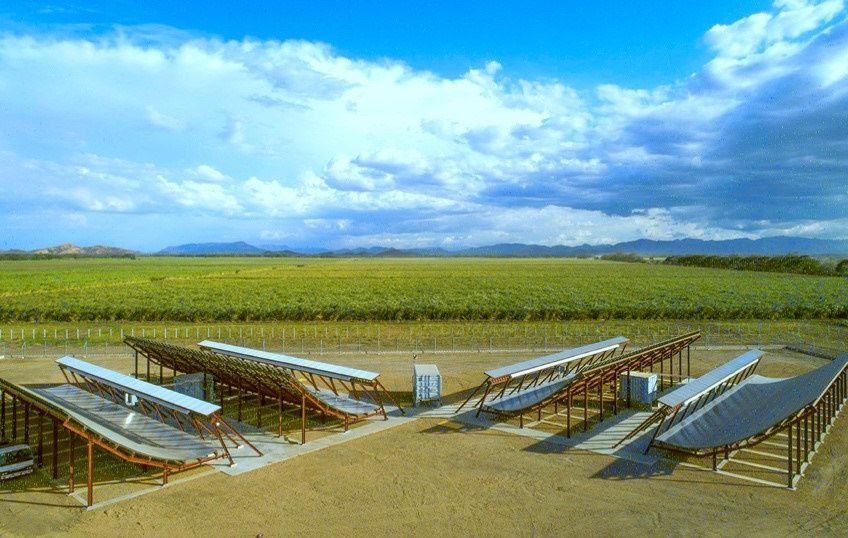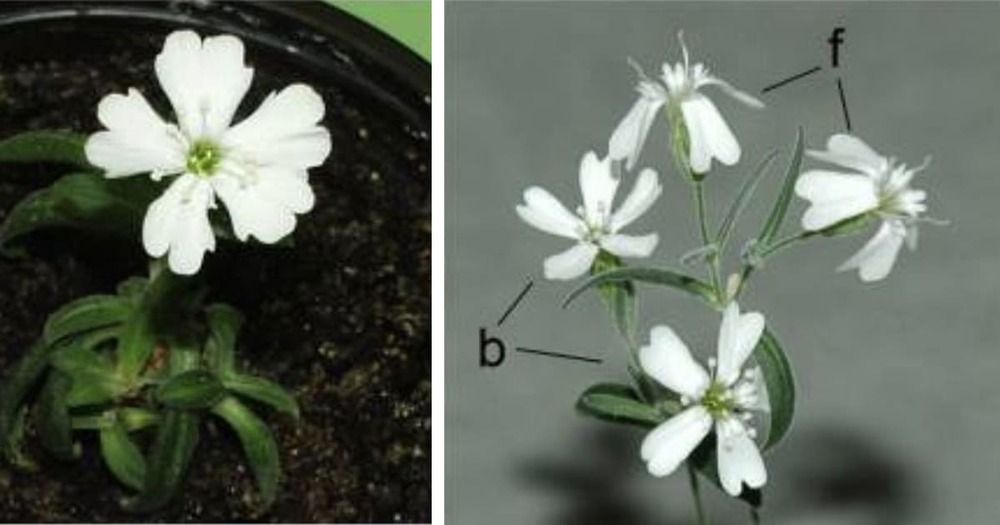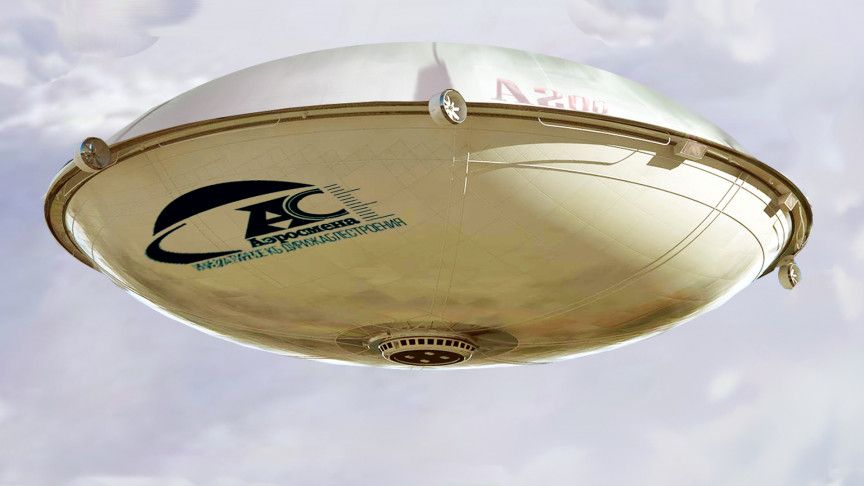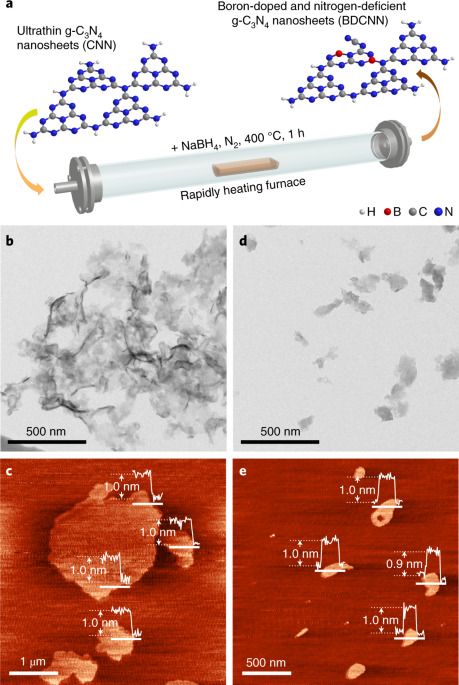Click on photo to start video.
Inspired by the lush oases in Tunisia, a Belgian artist has developed a ‘portable oasis’, cocooning his head in a bubble of air purified by the aromatic plants inside https://reut.rs/3apLI6G

Click on photo to start video.
Inspired by the lush oases in Tunisia, a Belgian artist has developed a ‘portable oasis’, cocooning his head in a bubble of air purified by the aromatic plants inside https://reut.rs/3apLI6G

It can track objects the size of a golf ball traveling at up 30000 kilometers per hour in LEO.
There’s a new giant space radar in Costa Rica that can track orbital debris as small as two centimeters. It was built by LeoLabs, a company that provides commercial radar tracking services for objects in Low Earth Orbit, which has declared the site fully operational less than a year after breaking ground. LeoLabs CEO Dan Ceperley said it’s the “most advanced commercial space radar of its kind” — one that’s capable of tracking objects the size of a golf ball traveling at up 30000 kilometers per hour.
The radar can keep an eye on both active satellites and space junk, which make up the vast majority of man-made objects found in LEO. They’re also the risks LeoLabs’ customers — made up of satellite operators, defense, space and regulatory agencies, insurance and scientific institutions — want to keep tabs on.
Space junk has increasingly occupied the Earth’s orbit over the past few decades, and it’s only bound to become a bigger issue in the coming years as private companies deploy more and more massive satellite constellations. Debris flying around in space is a huge threat to the ISS and future manned missions, giving rise to the need for a company like LeoLabs. Ed Lu, the company’s co-founder, explains that “[t]he number one danger to astronauts aboard the International Space Station has been and is today the risk of orbital debris that is too small to be tracked by the US Department of Defense going through the hull.”



Users can input a specific address or more generalized region, such as a state or country, and then choose a date ranging from zero to 750 million years ago.
The interactive tool enables users to home in on a specific location and visualize how it has evolved between the Cryogenian Period and the present.


Splitting water using suspensions of particulate carbon nitride-based photocatalysts may be a cheap way to produce hydrogen, but efficiencies have remained low. Now, Shen and colleagues use doped carbon nitride-based Z-scheme heterostructures to split water with a solar-to-hydrogen efficiency of 1.1% in the presence of metal-based co-catalysts.
#creativethink #spindle #motor.
I am show about making brushless spindle motor at 240v. the motor consist of three poles. the moto speed achieve 54000rpm.
————————————————————————————————————
Components Link :
1. Shaft (8mm)
https://amzn.to/3dXaApj.
2. Ball Bearing (8mm)
https://amzn.to/3bDGZ1e.
3. Copper Wire (.91mm)

Charles Flynn’s simple motor which has only one rotating part. Notes : http://www.free-energy-info.com/Videos.pdf ebook : http://www.free-energy-info.com/PJKbook.pdf